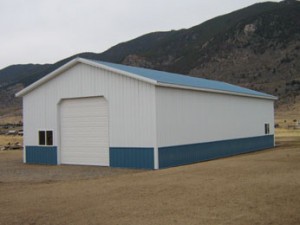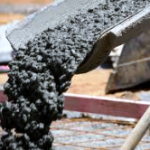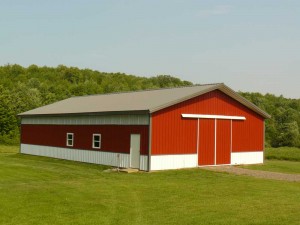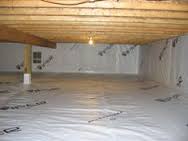Lightening and Steel Covered Pole Barns
From a www.kmbz.com story of March 8, 2018 by Jim Cunningham:
“Each year more than 100 people are killed by lightning in the U.S., according to the National Weather Service. Another 300 people are injured in the electrical strikes.
Severe Weather Awareness Week is March 4-10.
In most cases victims of lightning strikes are outdoors, but some structures do not provide adequate protection from lightning, said Al Pietrycha, NWS Meteorologist.
“Several years ago in my pole barn, only 200 feet from my house, this storm came up and I wanted to watch it, thinking I’m okay, I’m okay,” Pietrycha said. “Lightning struck the barn and I got knocked off my feet in the compression wave, and since then I’ve lost some hearing.”
Pietrycha says he should have listened to his own advice that day to take lightning safety more seriously.
Lightning can strike up to 10 miles from a thunderstorm. Vehicles and enclosed buildings offer the best protection. Pietrycha says people should wait at least 30 minutes after a storm has passed before going back outdoors.”
Here is what Bryan Arlington, PE of Star Building Systems has to say about metal roofs and lightning:
“It has been observed that installing a metal roof makes building owners think more about lightning and the dangers of lightning strikes. There is a perception, or at least a suspicion, that a metal roof will increase the likelihood of lightning striking the building. After all, metal is highly conductive, just like the materials used in lightning rods that are used to attract lightning strikes, so doesn’t it stand to reason that the metal roof will attract lightning, too?
 The short answer is, no, a metal roof will not make lightning more likely to strike, but it may make a lightning strike less dangerous if it occurs. That’s right, less dangerous, not more.
The short answer is, no, a metal roof will not make lightning more likely to strike, but it may make a lightning strike less dangerous if it occurs. That’s right, less dangerous, not more.
The Metal Construction Association, in its Technical Bulletin MCA13a, breaks the issue down into two issues: probability of a lightning strike at any particular location, and the consequences of that strike.
Lightning has been studied for hundreds of years, and there is good general information about how it works, but many of the details of how it forms and where it strikes are still unknown. That lack of knowledge means that its behavior remains unpredictable.
Lightning is a rapid discharge of atmospheric static electricity. There are three major types of lightning strike: Intra Cloud (IC), discharges inside a single cloud, from a highly-charged area of the cloud to a less-charged portion; Cloud-to-Cloud (CC) discharges from a highly-charged cloud to a less-charged cloud; and Cloud-to-Ground (CG) discharges from a highly-charged cloud to the earth. CG is the type that is best understood, and the type we are most concerned with in terms of dangers to life and property.
The exact location where lightning discharges appears to be governed by geography and topography, as well as the movements of the storm. When lightning is ready to discharge, it will, whether there is a metal roof handy or not. It is faulty logic to assume that a metal roof attracts lightning strikes similarly to a lightning rod, because lightning rods are not made to “attract” lightning. Rather, they are made to channel lightning safely to the ground if it happens to strike the location of the building.”
Come back tomorrow for the conclusion on lightning and metal covered pole buildings.









